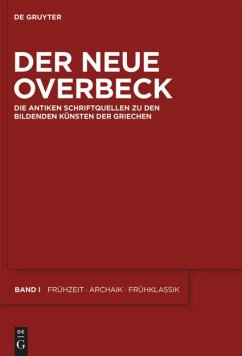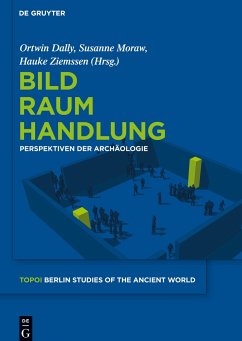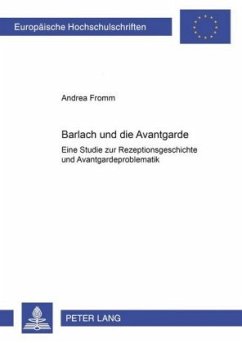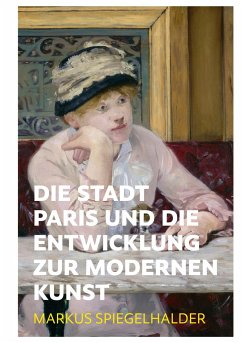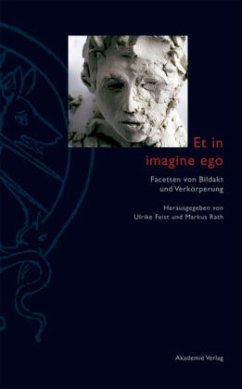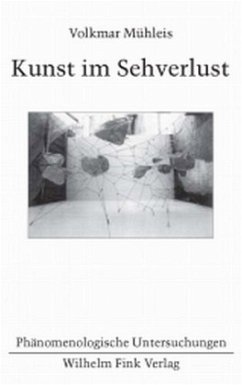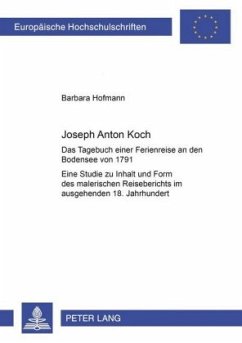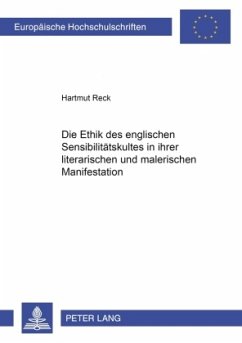
Anschaulichkeit in Kunst und Literatur
Wege bildlicher Visualisierung in der europäischen Geschichte
Herausgegeben: Schmitt, Arbogast; Radke-Uhlmann, Gyburg
Versandkostenfrei!
Versandfertig in 6-10 Tagen
189,95 €
inkl. MwSt.

PAYBACK Punkte
0 °P sammeln!
Picture theories are today a subject of broad interest to scholars, for the relationship between concept and picture, between thought and viewing, is among the commonest themes of the history of European thought, and already in Antiquity a multitude of solutions to the problem were discussed. The aim of this book is to elucidate the peculiarity of the relationship between viewing and concept analysed by Plato and Aristotle; to compare the theories of art and poetry initially conceived about 300BC, and which reached full development under the Roman Empire; and to expound modern concepts of viewing not only with forms of reception, but also the transformation of ancient theories of visual art.
Bildtheorien haben heute ein breites Forschungsinteresse. Denn das Verhältnis von Begriff und Bild, von Denken und Anschauung gehört zu den am meisten verhandelten Themen der europäischen Geistesgeschichte. Bereits die Antike hatte zu dieser Problematik eine Vielzahl unterschiedlicher Lösungen diskutiert.
Ziel dieses Buches ist, die Besonderheit des von Platon und Aristoteles analysierten Verhältnisses von Anschauung und Begriff herauszuarbeiten, die um 300 v. Chr. entstehenden Kunst- und Dichtungstheorien, die ihre volle Entwicklung in der römischen Kaiserzeit erhalten, zu vergleichen und die Anschauungskonzepte in Neuzeit und Moderne nicht nur mit Formen der Rezeption, sondern auch der Transformation antiker Bildtheorien herauszuarbeiten.
Ziel dieses Buches ist, die Besonderheit des von Platon und Aristoteles analysierten Verhältnisses von Anschauung und Begriff herauszuarbeiten, die um 300 v. Chr. entstehenden Kunst- und Dichtungstheorien, die ihre volle Entwicklung in der römischen Kaiserzeit erhalten, zu vergleichen und die Anschauungskonzepte in Neuzeit und Moderne nicht nur mit Formen der Rezeption, sondern auch der Transformation antiker Bildtheorien herauszuarbeiten.



